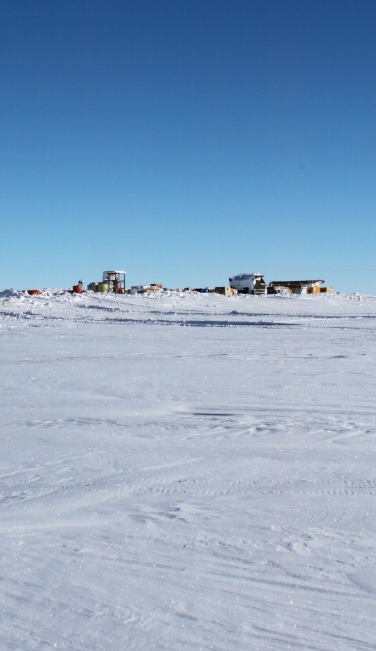Antarctic plastics tallied
 Researchers have shed light on concerning levels of marine pollution around Antarctica's Casey Station.
Researchers have shed light on concerning levels of marine pollution around Antarctica's Casey Station.
The study, which analysed a span of 18 years between 1997 and 2015, reveals that contaminants exceeding international guidelines have consistently pervaded the region, posing a potential threat to the delicate ecosystem.
Contaminants, including metals, hydrocarbons, and highly carcinogenic polychlorinated biphenyls (PCBs), have been discovered in excess of international sediment quality standards.
PCBs, often used in industrial and consumer products, have the potential to wreak havoc on marine life and ecosystems.
The study indicates that while the immediate impact is likely to be felt in areas near research stations like Casey, the effects could have broader implications for local sea life.
The research delved into the sediment near Casey Station, situated in the Windmill Islands of East Antarctica.
The investigation encompassed various sites, including wastewater outfalls, wharf areas, former waste disposal sites, and control locations.
Sampling was meticulously carried out across different spatial scales – from locations spanning kilometres apart, to sites within each location 100 metres apart, down to plots separated by 10 metres within each site.
Results consistently pointed to higher contaminant concentrations in anthropogenically disturbed locations.
Some areas even exhibited a worrisome upward trend in contaminant levels over time. Intriguing patterns of variation were observed in the distribution of sediment properties, such as grain size and organic matter, as well as contaminants themselves.
The study highlights the intricate relationship between human activity and environmental health in Antarctica.
While the immediate risks are localised, the data suggests that vigilance is crucial as the scale and magnitude of pollution are predicted to increase over time.








 Print
Print